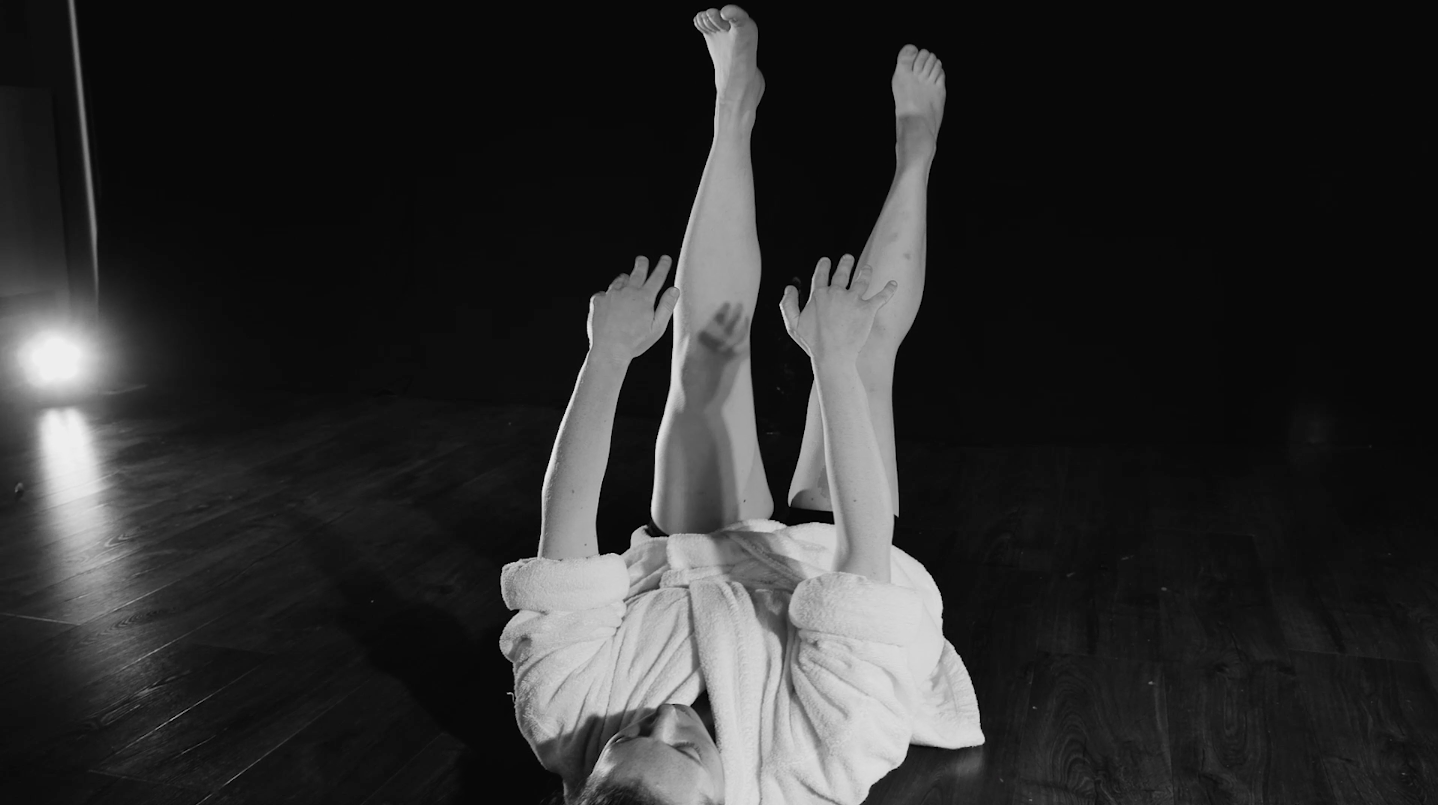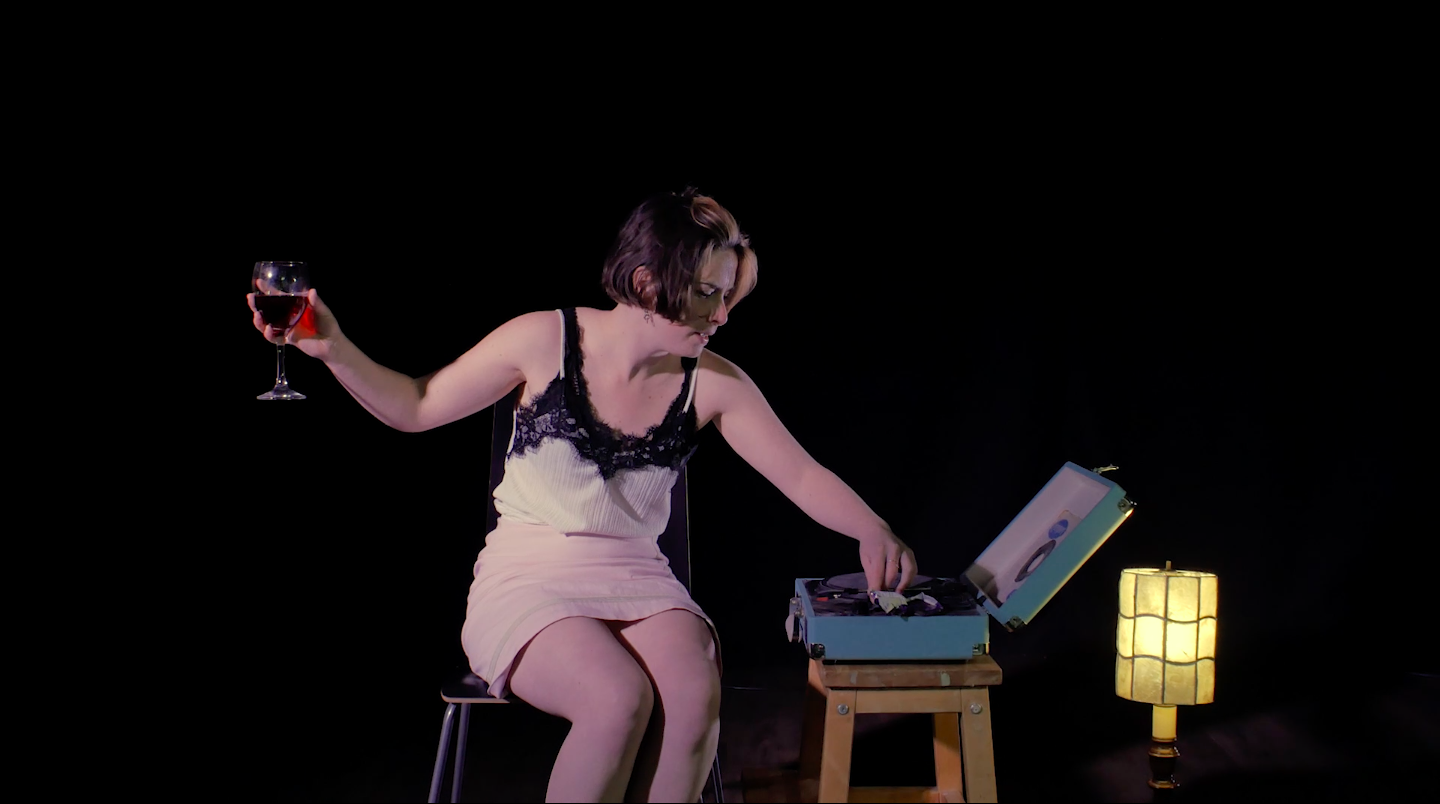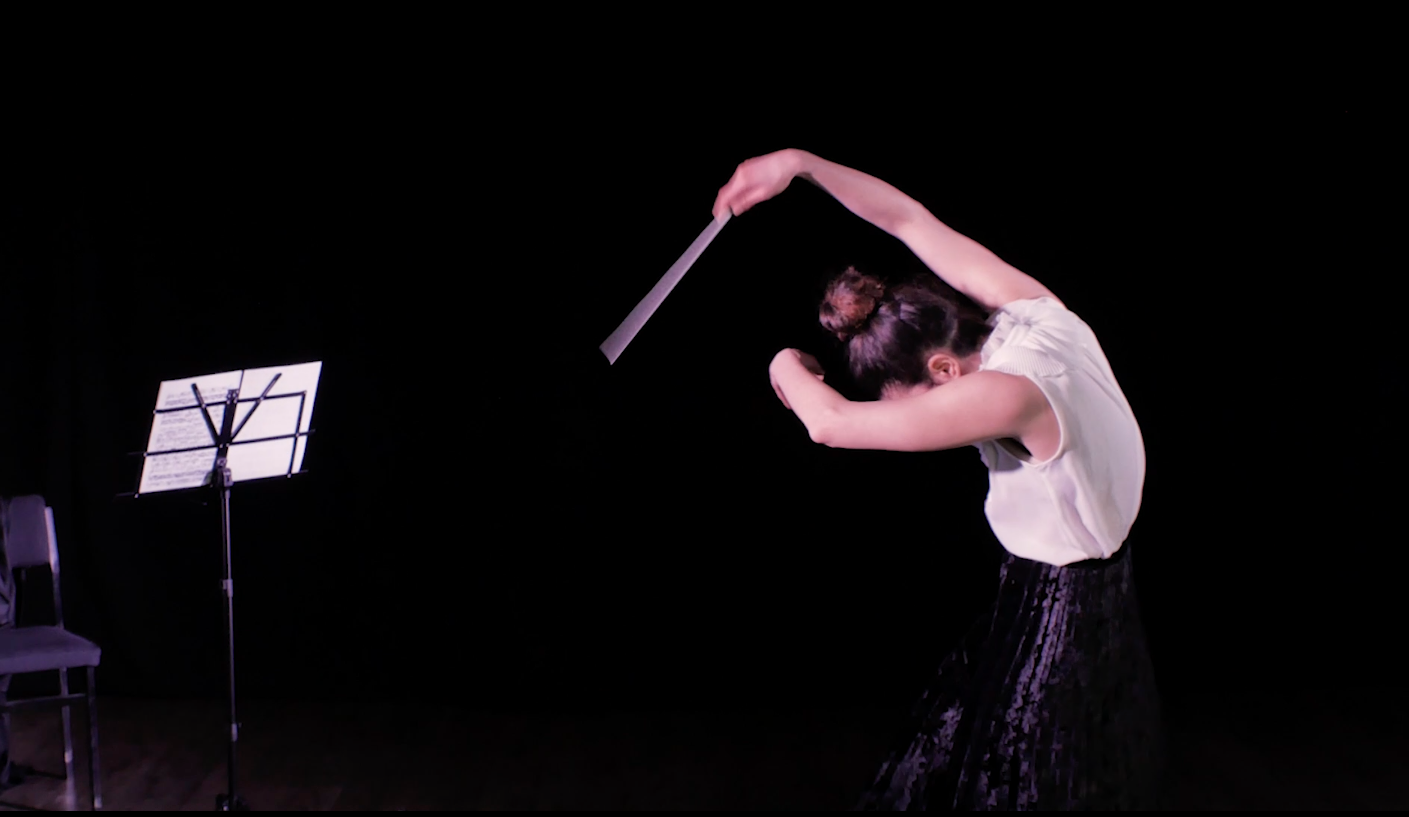Words by Stella Rousham.
Seeing new work is something that I have truly missed in lockdown. For all the endless videos of old performances filmed and available online, nothing is quite the same as watching new performances: the uncertainty, excitement and frantic buzz of trying to decipher new movement phrases and meanings.
South London Scratch Night was a warm and welcoming online performance sharing of four experimental solos. Logistically the night ran smoothly and was perfectly well organised, with just the right about of time to discuss each performance and ask the choreographers questions at the end. This opportunity for discussion, sharing, questioning and building ideas is vital for experimental works, especially artists working independently in lockdown, (as was the case with many of these solos). The four solos all had their own distinct styles, approaches and textures yet despite their differences, the night felt coherent, and the works complemented each other well through their contrasting use of humour, emotion and sound.
The night kicked off with the work Orhcaostra by Bristol-based Greek performer and dance artist, Delicia Sefiha. This was a solo full of refined comic timing, expertly balancing humour with moments for more serious reflection. Sitting centre stage, in the pool of warm, yellow spotlight, Delicia, or should I say, the conductor imitates, albeit hyperbolically, the gestures and dispositions of a musical conductor, with all the accessories and dress. This however is no ordinary classical music performance, as the ‘Orchestra’ increasingly disobeys the conductor, pulling her limbs across the room at different crescendos and through overlapping symphonies. Blurring the line between chaos and control, this solo really captured something of the lockdown experience. We have all gone through rollercoasters of sensations — feeling calm and collected, to suddenly unsure whether normal life will ever return. Delicia’s work was polished and fine-tuned to fit every articulation and shift in the music. It would be interesting to see how this work could be taken further – how could the relationship between the conductor and performer be played with in even more unpredictable and unexpected ways? Simple but effective and well executed.


The next work was an interdisciplinary collaboration between visual and performance artist, Laura Ritosa Roberts (aka PK Fiskulturnik) and dance artist, Klaudia Wittmann. A Story Will Never Be Finished … 2.0 reimagined a short story by Russian symbolist writer Leonid Andreyev, grappling the experiences of a female Russian fighter in the early 1900s. Robert’s work skilfully wrestled with bold themes of responsibility, loyalty, loss and vulnerability, many of which have been prominent throughout the pandemic. The movement was slick and the use of props, such as using a sheet to represent a baby and hanging washing on a line, helped capture the contrast between domesticity and the threat of war or fighting. The sound accompaniment, which included a stirring mixture of air raid sirens, sounds of morse code and at one point, the sound of a baby crying, helped generate an atmosphere chaos, panic and overwhelming divided duties. This powerful work captured a narrative very effectively, but perhaps was too narrative driven and could have left more to the imagination.
There are few rooms that everyone associates with lockdown — bedroom, study, or in Anna Dighero’s case, The Loft. After months living and working in her dad’s loft, Dighero generated this solo as a kind of collage, embodying the sensations, textures, noises and gestures of the space, using a refreshing mix of movement, video projection and her own soundtrack. Dighero’s work really captured something of the haziness and repetitive nature of lockdown; with snippets of all too familiar noises of the everyday routine of living, working and socialising at home. From sounds of the door-bell ringing, to birds tweeting outside, to frantic typing, to the all too familiar phrases of Zoom calls — “if you could turn your microphone off’. There was also something to be said of the way lockdown and isolation with oneself is a secret and private affair. The uncomfortable, contorted movement and gestures of Dighero’s work, such as shaking, crouching, or lying with her legs in the air, evoked the mystery of the strange things we do when we are alone. Dighero created an atmosphere of curiosity and exploration, yet there was a distinct sense of discomfort and confinement, with brief explosions of energy and skipping, to suddenly returning to lying down.
How many times over lockdown have we said that we are “fine”? Which feelings and behaviours does the word “fine” overlook? Are we really “fine” at all? These were some of the issues at the fore of Bar Groisman’s solo Skirt, Wine and Louis Armstrong. The Cambridge-based dancer, writer and creator fashioned this solo during the third lockdown, about pretending to be fine, trying to stay elegant as a woman and drowning sorrows in wine.

A woman looks sophisticated, wearing a red puffa jacket and pink beret. She rushes on stage and sighs into a chair. Slowly she starts tearing off the outer layers of her clothing, tossing them one by one onto the floor, until she is left in just her vest and skirt. In between mouthfuls of chocolate and wine, she mutters desperate phrases: “I struggle” and “It’s hard”. Groisman powerfully captures the contradictions of femininity, social expectations and the reality of desiring comfort and safety. She switches dramatically from grabbing her stomach in pain and tension, to suddenly smiling, sitting up-right and looking relieved as if everything is “fine”. The smooth tones of Louis Armstrong were the perfect accompaniment to the movement and text, seeming to underline the rift between desire and expectation. The spoken word poetry was emotive, if at times a little literal; more could be left for the audience to interpret. Whilst inspired by lockdown, this work is easily applicable to some of the challenges of adulthood more generally, confronting the disparity between outward appearance and inner feelings.
For more information about Experiment 6 and to find out more about the artists, visit the event page.
